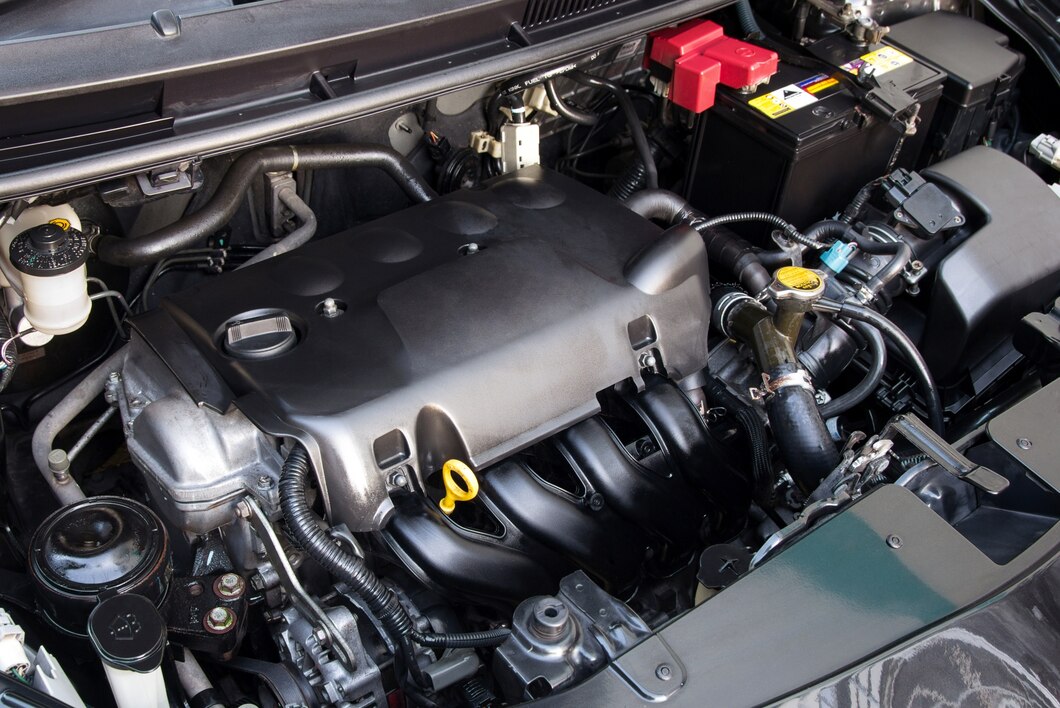The starter motor is a crucial component of any vehicle, responsible for initiating the engine’s operation by cranking it to life. While all starter motors serve the same basic function, there are several types available, each with its own characteristics and applications. Whether you’re a seasoned mechanic or a curious car enthusiast, understanding the different types of starter motors can provide valuable insights into automotive technology. Let’s explore some of the main types:
1. Direct Drive Starters:
Direct drive starters, also known as inertia starters, are the most common type found in modern vehicles. They consist of a cylindrical electric motor mounted directly to the engine’s flywheel or flexplate. When activated, the motor’s pinion gear engages with the engine’s ring gear, causing the engine to turn over and start.
2. Gear Reduction Starters:
Gear reduction starters are an evolution of direct drive starters, featuring a gear reduction mechanism that increases torque output while reducing the size and weight of the motor. This design allows gear reduction starters to generate more cranking power with less energy, making them ideal for high-compression engines or vehicles with limited space.
3. Permanent Magnet Starters:
Permanent magnet starters utilize powerful magnets to create a magnetic field within the motor, eliminating the need for field windings found in traditional starter motors. This design offers several advantages, including improved efficiency, reduced size and weight, and faster cranking speeds. Permanent magnet starters are commonly used in hybrid and electric vehicles, where space and energy efficiency are paramount.
4. Pre-engaged Starters:
Pre-engaged starters feature a solenoid mechanism that engages the starter motor’s pinion gear with the engine’s ring gear before the motor begins to turn. This design minimizes wear and tear on the starter motor and flywheel teeth, resulting in smoother and more reliable starting. Pre-engaged starters are often found in diesel engines and heavy-duty applications.
5. Bendix Drive Starters:
Bendix drive starters, also known as overrunning clutch starters, feature a Bendix drive mechanism that allows the starter motor’s pinion gear to disengage from the engine’s ring gear once the engine starts. This prevents the starter motor from being damaged by the high rotational speeds of the engine. Bendix drive starters are commonly used in older vehicles and small engines.
6. Starter-Generators:
Starter-generators combine the functions of a starter motor and alternator into a single unit, allowing them to both start the engine and generate electrical power for the vehicle’s electrical system. This integrated design offers increased efficiency, reduced weight, and improved space utilization compared to separate starter motor and alternator systems. Starter-generators are commonly found in hybrid vehicles and some modern gasoline-powered cars.
Understanding the different types of car starter motors can help you make informed decisions when it comes to vehicle maintenance, repair, or upgrades. Whether you’re looking to enhance performance, improve reliability, or simply gain a deeper understanding of automotive technology, exploring the essentials of starter motor technology is a valuable endeavor for any car enthusiast or mechanic.











